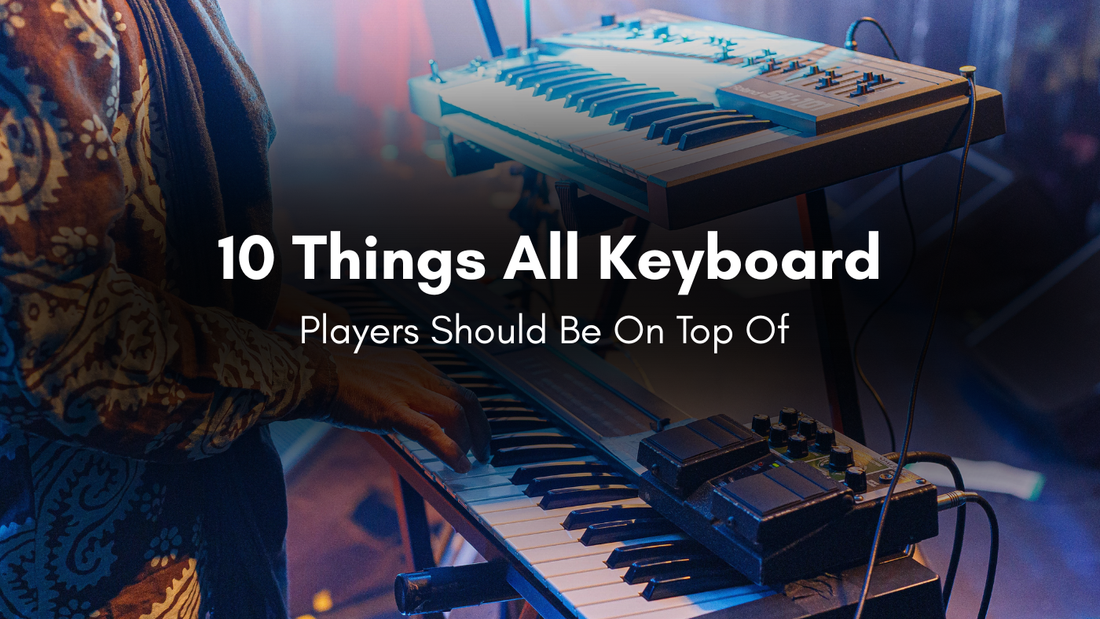
10 Things All Keyboard Players Should Be On Top Of
Share
You’re halfway through a gig. The first tune’s a blues number, and you’re on Hammond, driving the groove with a gritty, swirling tone. The next track calls for lush synth pads, and before you’ve even caught your breath, you’re back to a classic piano ballad.
That’s the life of a modern keyboard player, constantly switching sounds, managing layers, and shaping tone on the fly. It’s not just about playing the notes anymore. It’s about mastering your setup, knowing your gear, and understanding how to make every sound work in context.
Here are 10 things every keyboard player should be on top of.
1. Keyboard Types
Not all keyboards are built the same. Learn the strengths of each type:
- Stage Pianos are designed for basic piano and electric piano sounds, with easy-to-reach FX controls. They are perfect for manipulating sounds quickly live on stage.
- Clonewheels feature drawbars that are ideal for shaping authentic Hammond organ tones.
- Workstation Synths are advanced keyboards capable of creating complex sonic landscapes. They can handle everything from acoustic pianos to electronic sounds and are perfect for building complex layers and splits.
Knowing which keyboard suits the gig saves time and ensures you sound your best in any situation.
2. The Bread and Butter Sounds
Every gigging player needs a solid set of go-to sounds:
- Piano
- Electric piano
- Synth pads
- Hammond organ
- Strings
These are the backbone of most gigs. Get them right, and you’re halfway there.
3. Creating Layers and Splits
Layers let you combine sounds like piano and strings. Splits let you assign different sounds to different parts of the keyboard, such as bass in the left hand and lead in the right. They’re essential for solo players or small-band gigs where you’re covering multiple parts.
4. EQing
Even the best sound can fall apart in a mix without good EQ:
- Roll off low frequencies that clash with bass or kick
- Add a touch of high-end sparkle for presence
- Scoop out mids if your sound feels boxy
Small EQ changes can make a huge difference in a live setting.
5. Applying Reverb
Reverb adds space and depth, but a little goes a long way. Too much can wash out your playing, so use it like seasoning: enough to taste.
6. Basic FX: Tremolo, Chorus, Rotary Speaker, Phaser
FX aren’t just for guitarists. Tremolo gives movement, chorus thickens the tone, rotary speaker simulates that iconic swirling organ sound, and phaser adds motion to pads and leads. Used tastefully, they add richness without cluttering the mix.
7. Shaping an Organ Sound Using Drawbars
Drawbars are your paintbrushes. Pull out the lower ones for warmth, push the higher ones for bite, and don’t forget percussion and chorus/vibrato for extra life. A few minutes of tweaking can take your organ sound from flat to fiery.
8. Amp Simulation and Distortion
Amp sims are especially important for electro-mechanical sounds, where the real instruments relied on amplifiers, like electric pianos and Hammond organs. They can add warmth, grit, or edge to your tone, helping it cut through the mix. A touch of drive can make your sound more dynamic and expressive, particularly in live rock, blues, or funk settings.
9. Attack and Release (A/R) for Synth and Orchestral Sounds
Attack controls how quickly the sound starts. Release determines how long it lingers after you lift your fingers. Understanding A/R is the secret to shaping pads that fade in smoothly, or strings that bloom naturally behind your chords.
10. Using an Expression Pedal
The expression pedal is one of the most underrated tools in a player’s setup. It’s perfect for controlling volume swells, blending layers, altering FX, or bringing in overdrive, amongst many other uses. Subtle or dramatic, it allows you to shape your sound in real time. Once you start using one, you’ll never want to go back.
Master your keyboard rig and sounds

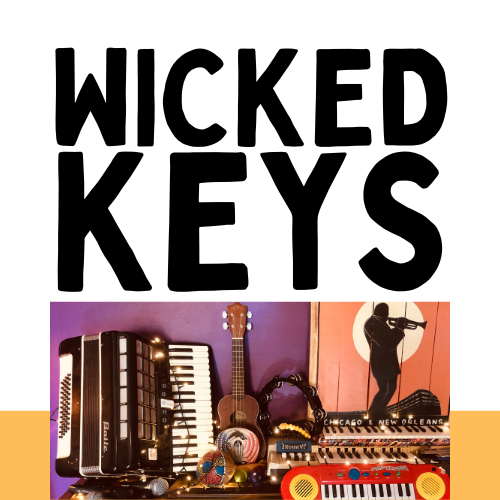
![Lead Sheet 101 eBook [Single License] Pay What You Can](http://wickedkeys.com.au/cdn/shop/files/wickedkeys.com.au.png?v=1760493645&width=533)
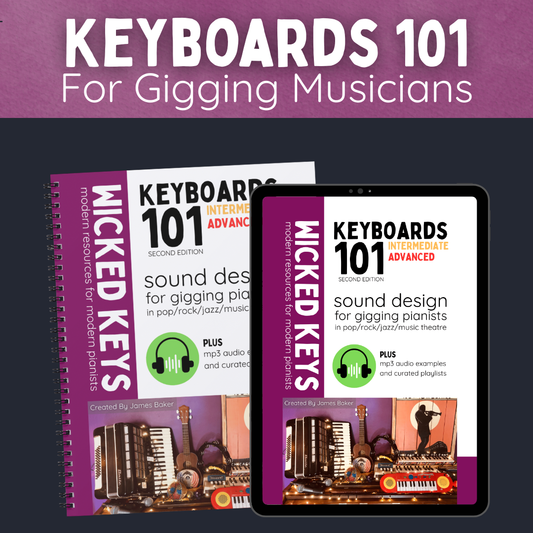


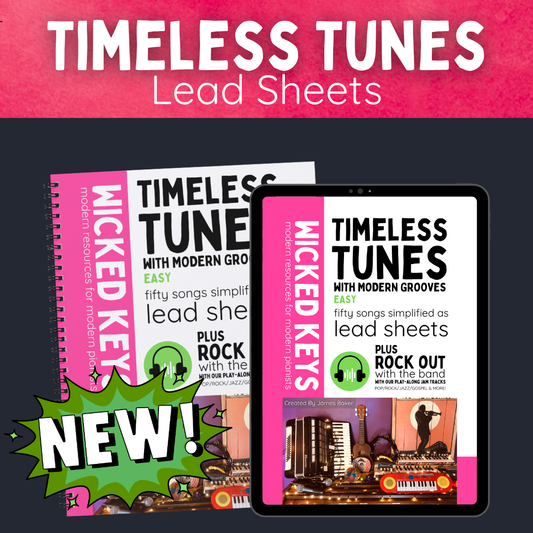
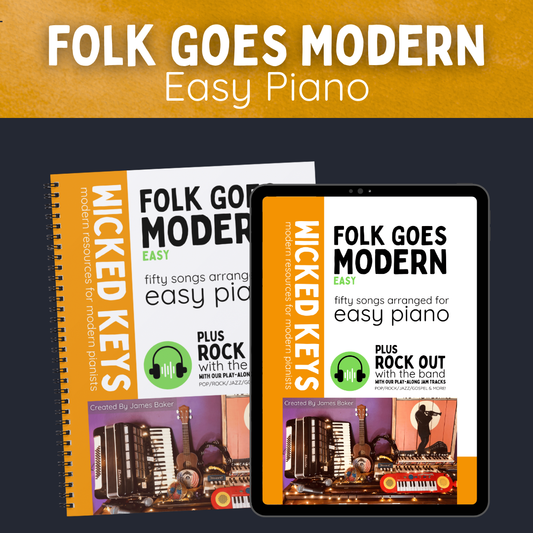
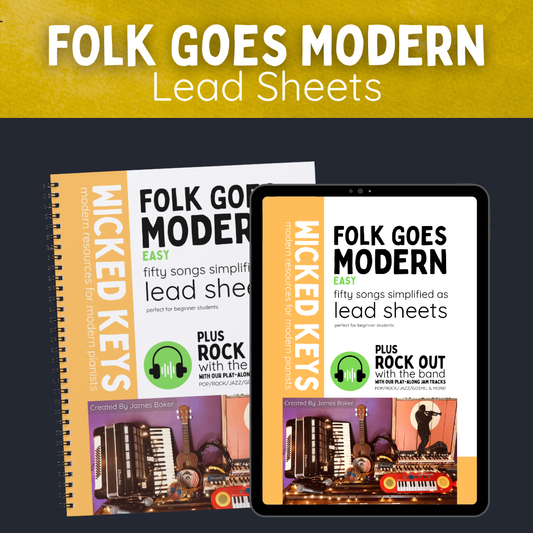
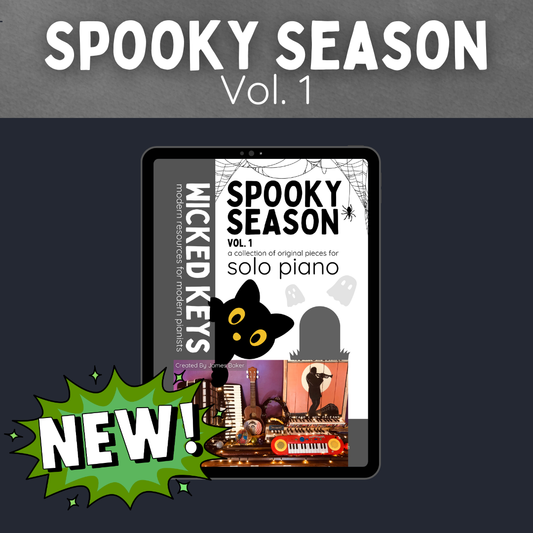
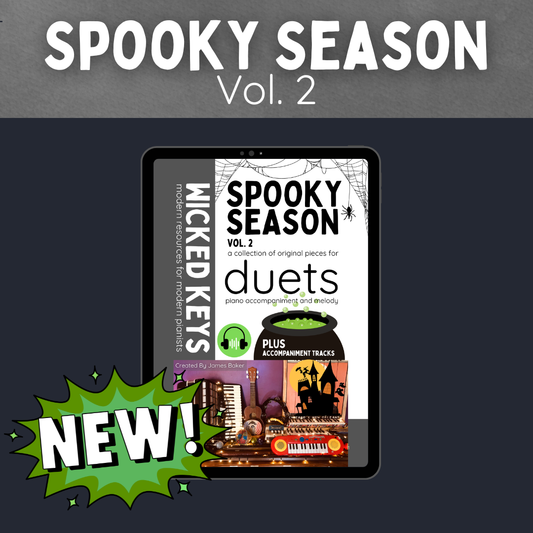
![An Easy Christmas eBook [Single License] Pay What You Can](http://wickedkeys.com.au/cdn/shop/files/Product_Cards-2.png?v=1760559825&width=533)


![[COMING SOON] Junior Jazz Vol. 1](http://wickedkeys.com.au/cdn/shop/files/22_497fc077-4911-4527-bfad-a7749288e7ca.png?v=1759207635&width=533)
![[COMING SOON] Beginner Blues Vol. 1](http://wickedkeys.com.au/cdn/shop/files/23_844563d1-4c1b-4d59-97de-72c8f9c5122a.png?v=1759207694&width=533)
![[COMING SOON] Accompanying 101](http://wickedkeys.com.au/cdn/shop/files/18_f4c8b907-7385-46b3-801a-77b28cf7d83d.png?v=1759143867&width=533)
![[COMING SOON] Lead Sheet 102](http://wickedkeys.com.au/cdn/shop/files/17_5e2c6a47-e49a-4de2-b4d8-c72a4ed236f6.png?v=1759143867&width=533)
![[COMING SOON] The Business of Teaching Music](http://wickedkeys.com.au/cdn/shop/files/13_9b7bd319-bf2d-4b22-997d-4df4caa52375.png?v=1759143866&width=533)